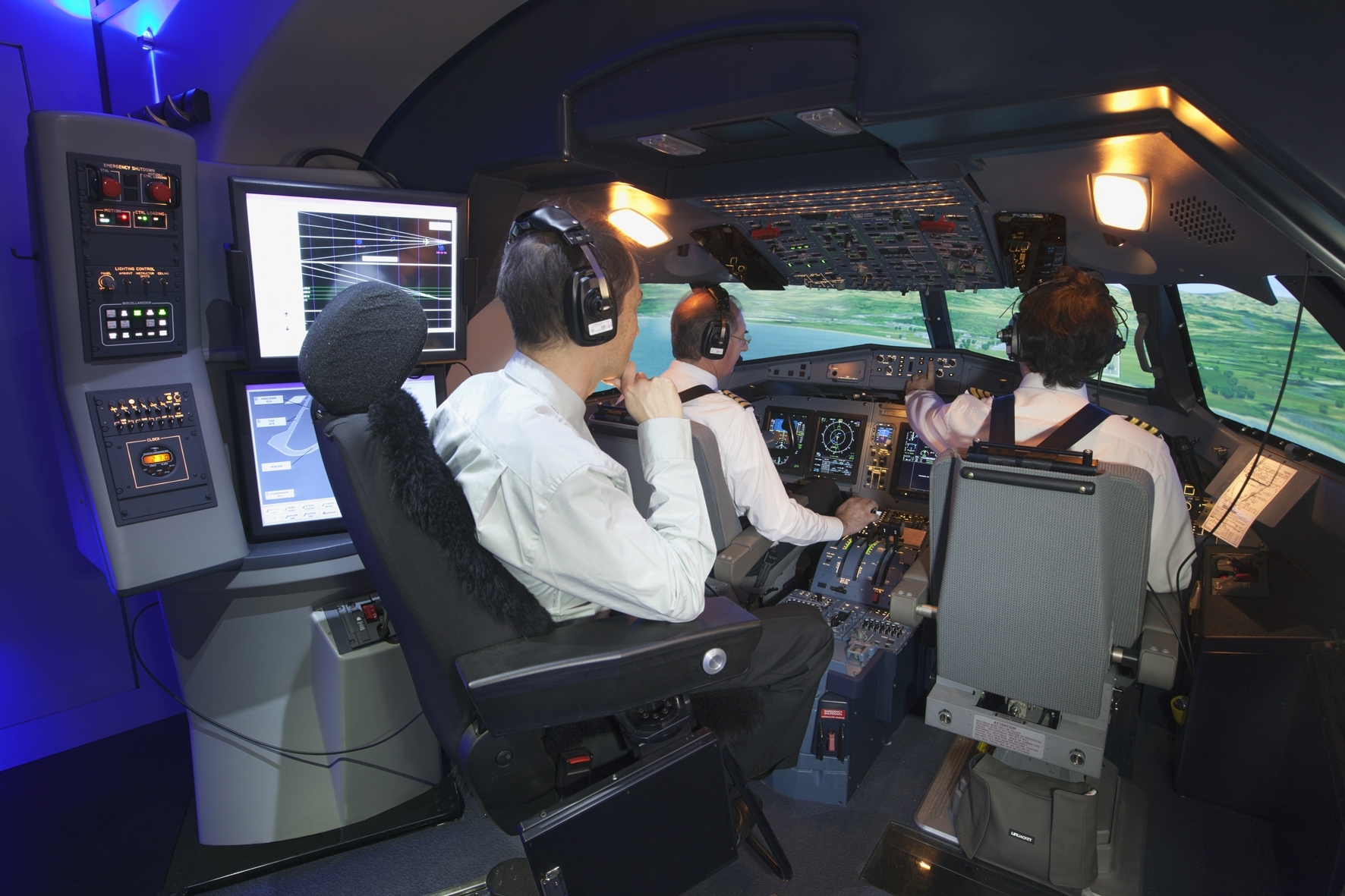Aviation Safety Training: Ensuring the Skies are Safe
Introduction
Aviation safety training is a cornerstone of the aviation industry, dedicated to ensuring the safety of passengers, crew, and aircraft. It encompasses a range of practices, protocols, and education that aim to minimize risks and handle emergencies effectively. As air travel continues to grow, so does the need for comprehensive safety training programs. This post explores various aspects of aviation safety training, its importance, methodologies, and the future of safety protocols in aviation.
Importance of Aviation Safety Training
Aviation safety training is crucial for several reasons:
- Risk Mitigation: The primary goal of safety training is to reduce the likelihood of accidents and incidents. By equipping aviation professionals with the necessary skills and knowledge, the industry can mitigate potential risks.
- Regulatory Compliance: Aviation authorities, such as the Federal Aviation Administration (FAA) and the International Civil Aviation Organization (ICAO), set strict regulations that airlines and aviation personnel must adhere to. Safety training ensures compliance with these regulations.
- Passenger Confidence: Ensuring passenger safety is paramount. Effective safety training enhances the confidence of passengers in the airline’s ability to handle emergencies and maintain safety standards.
- Operational Efficiency: Proper training helps in maintaining operational efficiency by preparing the crew to handle routine and non-routine situations smoothly.
Key Components of Aviation Safety Training
Aviation safety training encompasses various components tailored to different roles within the industry. Here are some of the critical aspects:
1. Pilot Training
Pilots undergo rigorous training that includes:
- Initial Training: Covers basic flight operations, aircraft systems, navigation, and emergency procedures.
- Recurrent Training: Regular updates and practice sessions to keep skills sharp and knowledge current.
- Simulator Training: Use of flight simulators to practice emergency situations, decision-making, and advanced maneuvers without risk.
- Crew Resource Management (CRM): Focuses on communication, teamwork, and decision-making in the cockpit.
2. Cabin Crew Training
Cabin crew members are trained to handle a variety of situations:
- Safety Procedures: Includes emergency evacuations, fire fighting, and handling disruptive passengers.
- First Aid: Basic medical training to assist passengers in medical emergencies.
- Service Training: Ensures that the cabin crew can provide a high standard of service while maintaining safety.
3. Maintenance Personnel Training
Aircraft maintenance is a critical area where safety training is essential:
- Technical Training: Covers aircraft systems, troubleshooting, and repairs.
- Human Factors Training: Focuses on the human aspects of maintenance, including fatigue management, communication, and error prevention.
4. Air Traffic Control Training
Air traffic controllers play a pivotal role in aviation safety:
- Initial Training: Covers radar operations, flight path management, and communication protocols.
- Recurrent Training: Regular updates on new technologies and procedures.
- Simulation Training: Practice in realistic scenarios to maintain proficiency.
Methodologies in Aviation Safety Training
Several methodologies are employed in aviation safety training to ensure effectiveness:
1. Classroom Training
Traditional classroom training provides theoretical knowledge and understanding of safety procedures and regulations. It includes lectures, presentations, and written exams.
2. On-the-Job Training (OJT)
OJT allows trainees to gain practical experience under the supervision of experienced professionals. It bridges the gap between theoretical knowledge and real-world application.
3. Simulation Training
Flight simulators and other simulation tools create realistic environments for trainees to practice handling emergencies and complex scenarios without risk.
4. E-Learning and Online Courses
With advancements in technology, many safety training modules are now available online. E-learning offers flexibility and accessibility, allowing trainees to learn at their own pace.
5. Drills and Mock Exercises
Regular drills and mock exercises are conducted to prepare aviation personnel for emergency situations. These exercises test the readiness and response of the crew in a controlled environment.
Future of Aviation Safety Training
The future of aviation safety training is likely to be shaped by advancements in technology and evolving industry needs. Some of the trends include:
1. Virtual Reality (VR) and Augmented Reality (AR)
VR and AR technologies offer immersive training experiences, allowing trainees to practice in highly realistic environments. These technologies can enhance understanding and retention of safety procedures.
2. Artificial Intelligence (AI) and Machine Learning
AI and machine learning can be used to analyze data from training sessions, identify areas for improvement, and personalize training programs. AI-driven simulations can adapt to the trainee’s performance, providing targeted feedback.
3. Big Data and Analytics
The use of big data and analytics can help in identifying patterns and trends in safety incidents. This information can be used to develop more effective training programs and improve safety protocols.
4. Enhanced Simulation Technologies
Advancements in simulation technologies will provide more realistic and varied training scenarios. High-fidelity simulators will enable trainees to experience a wide range of emergency situations and practice their responses.
Conclusion
Aviation safety training is an ever-evolving field that plays a critical role in ensuring the safety and security of air travel. Through comprehensive training programs, adherence to regulations, and the adoption of new technologies, the aviation industry continues to enhance its safety standards. As air travel continues to grow, ongoing investment in safety training will be essential to maintaining and improving the safety of the skies.




